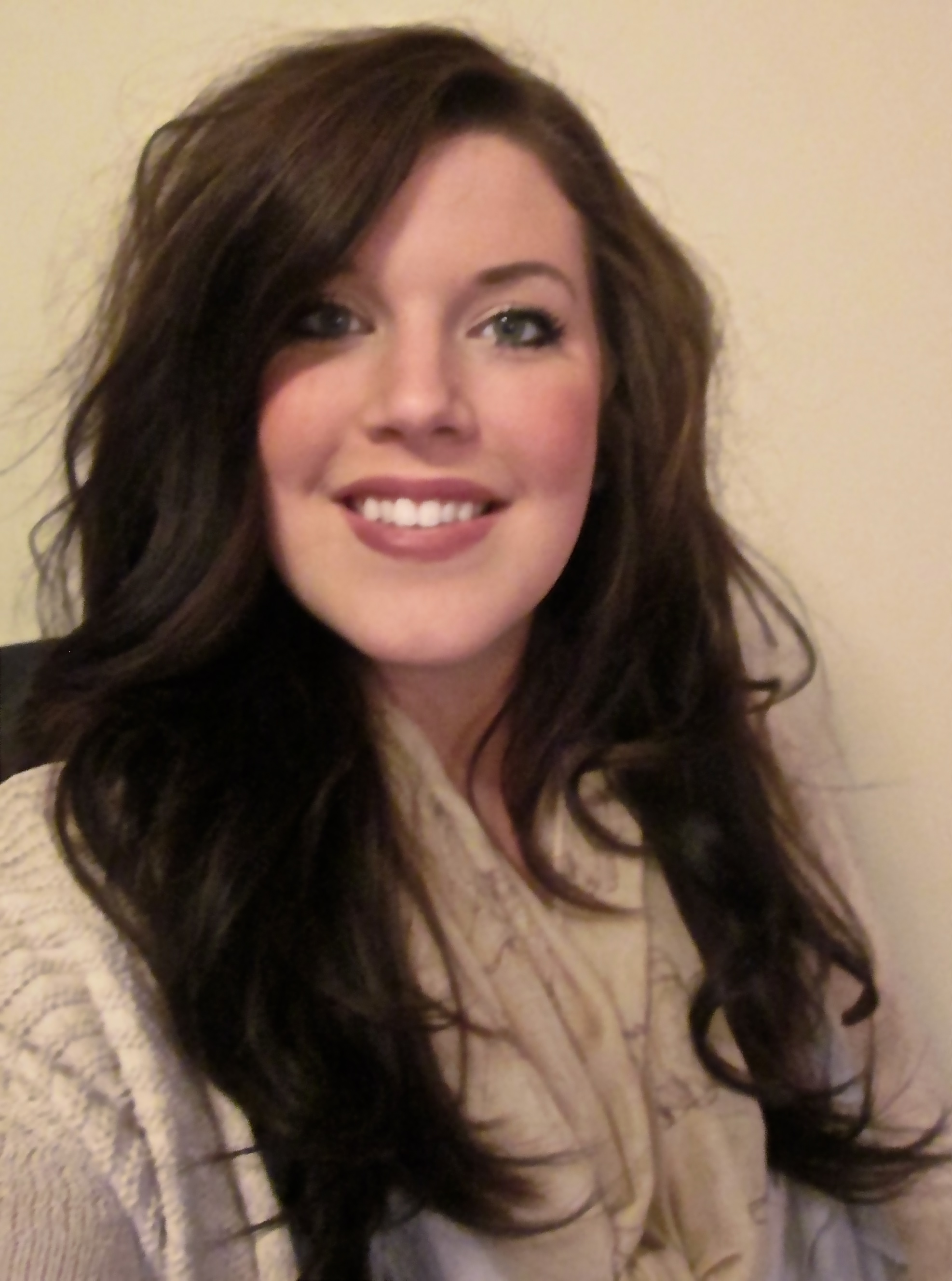Celebration of Scholars
Breaking the "Ideal Beauty" Mold: Companies Focusing on Improving Women's Self-Esteem to Improve Brand Image
 Name:
Tara Hamblin
Name:
Tara Hamblin
Major: Marketing and Public Relations
Hometown: Roscoe, IL.
Faculty Sponsor:
Other Sponsors: Jan Owens, Kari Duffy
Type of research: Senior thesis
Funding: none
Abstract
This research focuses on the use of female images in advertising. Many companies use female images in their advertising and other marketing communications as these images reflect their target customer markets. Unfortunately, many of these images depict unrealistic ideals and narrow definitions of female beauty. This has led to many women feeling low self-esteem, demonstrating eating disorders, and engaging in other dysfunctional beliefs and behaviors. However, some companies have created campaigns that celebrate the diversity of beauty, with the objective of developing lasting customer relationships based on positive self-concepts.
The relative merits of ideal vs. realistic beauty in marketing is only beginning to be understood. To investigate this issue secondary data from trade and academic articles was utilized, and primary data was collected from exploratory individual conversations with many women across age and racial backgrounds. After examining three major campaigns: the Dove Campaign for Real Beauty, the Kellogg Special K Challenge, and the New York Girls Project, and additional historical and nutritional data, the data suggests Dove Campaign for Real Beauty performed the best in developing customer loyalty and positive self-images in the target customer base. The campaign also improved Dove’s brand image, and set the stage for other companies to consider diversity-in-beauty campaigns in the future.
